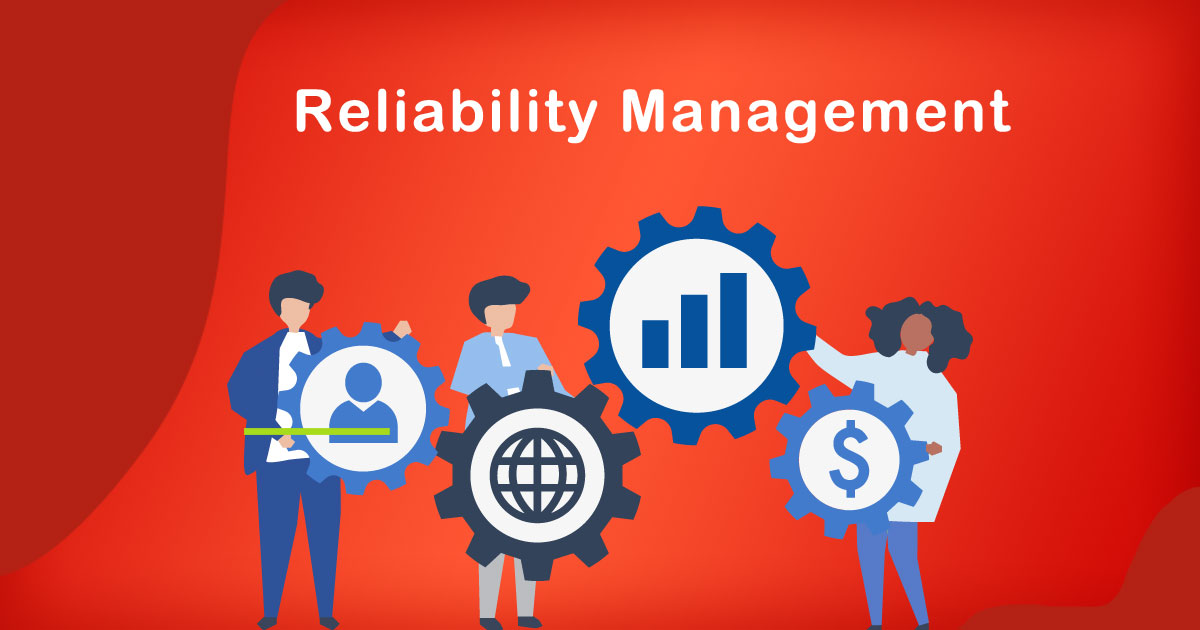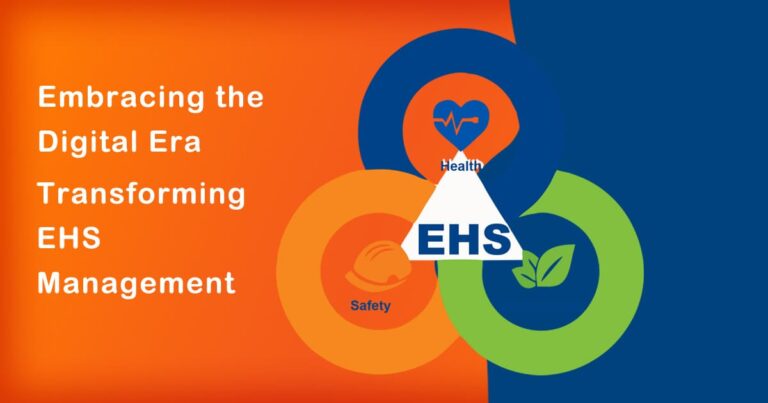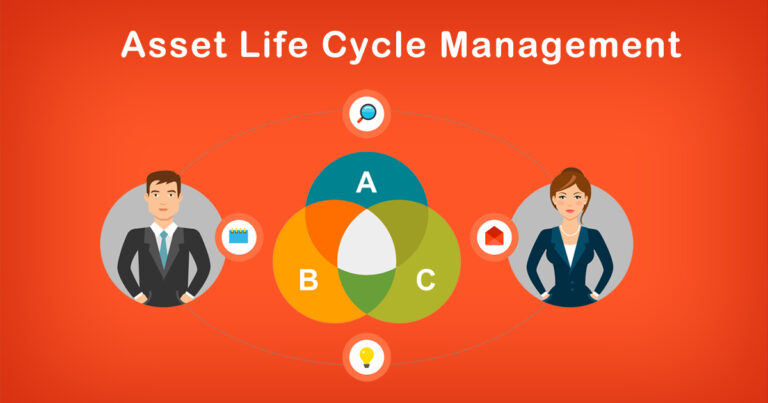Introduction
In today’s fast-paced and competitive business environment, organizations across the globe, including India, face numerous challenges when it comes to maintaining optimal performance, quality, and safety of their products and services. This is where reliability management emerges as a crucial aspect to ensure smooth operations and enhanced customer satisfaction. In this comprehensive blog, we will delve into the depths of reliability management, its significance in the Indian context, and how it can be effectively implemented to achieve operational excellence.
1) Understanding Reliability Management:
Reliability management is a systematic approach that encompasses strategies, methodologies, and practices aimed at ensuring the consistent performance and dependability of products, processes, and systems throughout their lifecycle. It involves identifying potential failure points, mitigating risks, and implementing measures to enhance reliability, availability, and maintainability.
2) The Importance of Reliability Management in India:
In the dynamic Indian market, businesses often face unique challenges such as diverse consumer preferences, infrastructural limitations, and regulatory compliance. Reliability management becomes even more critical to meet the rising expectations of customers and maintain a competitive edge. Reliable products and services not only enhance customer trust but also reduce maintenance costs and improve overall productivity.
3) Key Components of Reliability Management:
Risk Assessment:
Conducting a thorough risk assessment is the foundation of reliability management. This involves analyzing potential failure modes, their impact, and the likelihood of occurrence. In India, businesses must consider region-specific factors that could affect product performance and devise appropriate risk mitigation strategies.
Reliability Testing:
Implementing reliability testing during the product development phase helps identify design weaknesses and performance bottlenecks. Accelerated life testing and stress testing are common methods used to assess product reliability and predict failure rates.
Root Cause Analysis (RCA):
When failures occur, RCA is employed to determine the underlying causes. In the Indian context, this process may require cultural sensitivity to facilitate open communication and ensure accurate problem identification.
Maintenance Strategies:
Choosing the right maintenance strategy is vital to ensure the continuous operation of critical systems. India’s diverse climate and infrastructure necessitate adaptive maintenance approaches that consider regional nuances.
4) Benefits of Effective Reliability Management:
Enhanced Customer Satisfaction:
Reliable products and services lead to increased customer satisfaction, thereby fostering brand loyalty and positive word-of-mouth.
Reduced Downtime:
By proactively identifying and mitigating potential failures, organizations can minimize downtime and maintain smooth operations.
Cost Savings:
Investing in reliability management leads to cost savings in terms of maintenance, warranty claims, and product recalls.
Compliance and Safety:
Complying with reliability standards and regulations ensures the safety of products and promotes a positive brand image.
5) Challenges and Roadblocks:
Cultural Barriers:
Emphasizing the importance of reliability within an organization’s culture may face resistance, especially in hierarchical Indian workplaces.
Resource Constraints:
Small and medium-sized businesses may encounter challenges in allocating resources for reliability management initiatives.
Data Availability:
In some cases, reliable historical data may be scarce, hindering accurate reliability predictions.
6) Best Practices for Successful Reliability Management Implementation:
Leadership Support:
Top-level management must champion reliability initiatives and foster a culture that values reliability and continuous improvement.
Training and Skill Development:
Providing adequate training to employees ensures their competency in implementing reliability practices effectively.
Collaboration and Knowledge Sharing:
Encouraging cross-functional collaboration facilitates knowledge sharing and helps in making informed decisions.
Periodic Reviews:
Regularly evaluating reliability performance and conducting audits help identify areas for improvement.
Conclusion:
Reliability management plays a pivotal role in ensuring the longevity and success of businesses in India’s competitive landscape. By embracing a proactive approach and implementing best practices, organizations can not only meet customer expectations but also achieve sustained growth and excellence in their respective industries. Investing in reliability management is a wise decision that will undoubtedly yield fruitful results and secure a prosperous future for Indian businesses.








